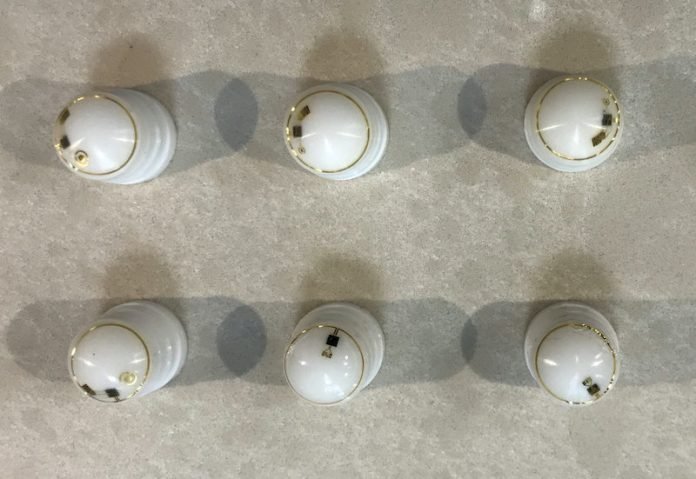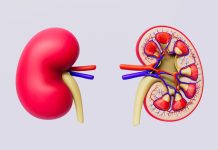
In a new study, researchers show that contact lenses could monitor diabetes and deliver medications in the near future.
The new lenses were designed to check blood sugar levels and to deliver drugs to the eye, possibly for the eye disease related to diabetes called diabetic retinopathy.
After trying them out on rabbits, the scientists found the new lenses worked on both counts.
They noted there is already a contact lens that’s been approved by the U.S. Food and Drug Administration for measuring the pressure in the eye when worn overnight.
Levels of eye pressure are important to know for people with eye disease glaucoma.
The research was conducted by a team at the Pohang University of Science and Technology.
The team says among various wearable devices, a smart contact lens is especially promising for health care applications because it can be used as an excellent interface between the human body and an electronic device.
This is the first study to show a combination of blood sugar sensing and drug delivery technology in a contact lens. However, what works well in animals doesn’t always work well in humans.
The smart contact lens contains ultrathin, flexible electrical circuits, and a microcontroller chip. It’s currently about 0.2 millimeters (mm) thick, and the researchers hope to reduce that to 0.15 mm.
The current lens is already thinner than the FDA-approved lenses that measure eye pressure.
Those lenses would likely be comfortable enough for people to wear, but it is much thicker than a standard contact lens.
According to the team, chemicals on the contact lens bind with glucose and trigger an electrical current change that is proportional to the amount of glucose.
The electric current is also used to dissolve gold membranes that seal drug reservoirs, triggering the release of a dose of the drug.
One big possibility is the potential to deliver drugs that are commonly used to treat diabetic retinopathy via the contact lens. Those drugs are currently delivered via injections to the eye.
In this study, the researchers used a drug called genistein, which isn’t approved by the FDA in the United States.
Future work needs to know how accurate is tear glucose compared to blood glucose. And how to connecting the two components (glucose sensing and drug delivery) is a challenge.
Researchers say that there are a number of research projects looking at ways to measure glucose levels without having to draw blood or wear a continuous glucose monitor.
Some other options that have been tried or are being tried are monitoring through sweat, tears, saliva, and infrared light.
One author of the study is Sei Kwang Hahn, a professor at Pohang University of Science and Technology in South Korea.
The study is published in the journal Science Advances.
Copyright © 2020 Knowridge Science Report. All rights reserved.



